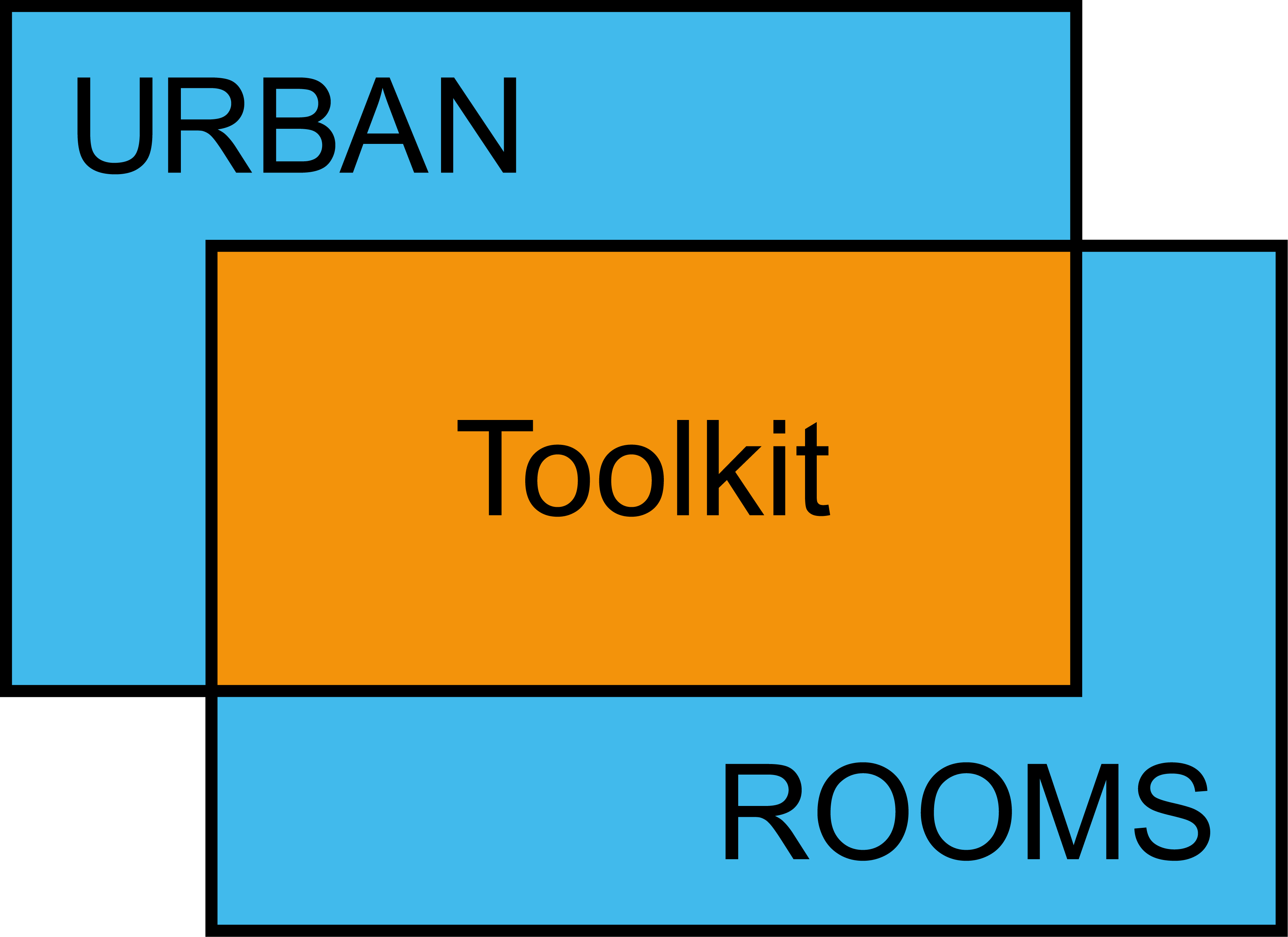


Making the Case
How can an Urban Room help a creative practitioner?
Creative practitioners, such as artists, architects, makers, performers and writers who are working in the field of socially-engaged practice, can benefit from using Urban Rooms as mechanisms to form partnerships with communities. The situated nature of the Urban Room means that these partnerships can evolve over time through open exploration, testing and iteration. Urban Rooms can host activities, exhibitions, displays and performances that reveal, value and celebrate the cultural wealth of a local area, including its built heritage, traditions, public artworks, cultural institutions, stories and archives.
This gathering of knowledge and material about a place’s past and present can become a solid foundation upon which to base further explorations of possible futures of place. Many socially-engaged arts organisations, artists and creative practitioners have found that the Urban Room methodology suits the way they work due to its potential to facilitate a long-term creative and situated approach to community engagement.
An Urban Room can create the space for a creative practitioner to:
reveal and recognise the current cultural value of the local area
form consensus around issues in the local environment and to build coalitions to support, advocate for or protest against, accordingly
build agency, cooperation and support within communities
help foster a sense of cultural identity in the specific or general development of local places
challenge and renew perspectives and approaches to shaping places
evidence meaningful and inclusive community participation for current and future funders
For a creative practitioner to make the most of their Urban Room they should partner with local built environment professionals and policy- makers engaged in regeneration.

Folkestone
Making the Case
How can an Urban Room help a creative practitioner?
Creative practitioners, such as artists, architects, makers, performers and writers who are working in the field of socially-engaged practice, can benefit from using Urban Rooms as mechanisms to form partnerships with communities. The situated nature of the Urban Room means that these partnerships can evolve over time through open exploration, testing and iteration. Urban Rooms can host activities, exhibitions, displays and performances that reveal, value and celebrate the cultural wealth of a local area, including its built heritage, traditions, public artworks, cultural institutions, stories and archives.
This gathering of knowledge and material about a place’s past and present can become a solid foundation upon which to base further explorations of possible futures of place. Many socially-engaged arts organisations, artists and creative practitioners have found that the Urban Room methodology suits the way they work due to its potential to facilitate a long-term creative and situated approach to community engagement.
An Urban Room can create the space for a creative practitioner to:
reveal and recognise the current cultural value of the local area
form consensus around issues in the local environment and to build coalitions to support, advocate for or protest against, accordingly
build agency, cooperation and support within communities
help foster a sense of cultural identity in the specific or general development of local places
challenge and renew perspectives and approaches to shaping places
evidence meaningful and inclusive community participation for current and future funders
For a creative practitioner to make the most of their Urban Room they should partner with local built environment professionals and policy- makers engaged in regeneration.

Folkestone
